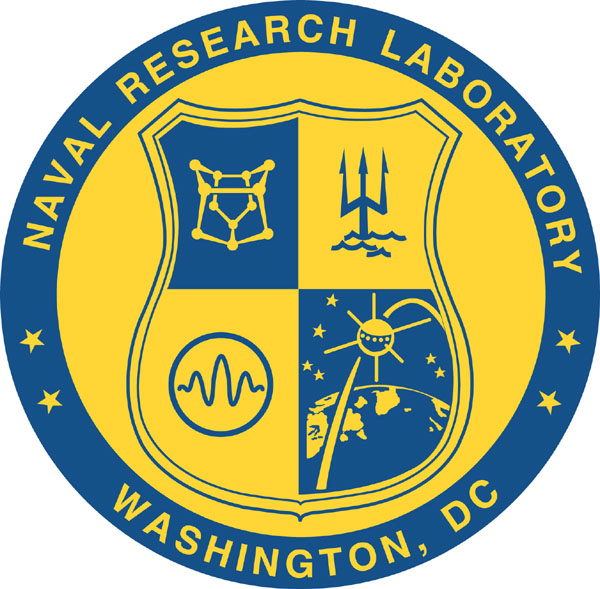|
LOFTI 2
LOFTI 2 ("LOw Frequency Trans Ionospheric Satellite", also styled LOFTI II) refers to a pair of United States Naval Research Laboratory satellites launched in 1962 and 1963 as a follow-on to the LOFTI-1 mission. The program's mission was to study how the ionosphere affected very low frequency transmissions. Both were 20-inch diameter aluminum spheres equipped with extendible antennas. LOFTI 2 LOFTI 2 was launched on 24 January 1962 as part of the Composite 1 mission alongside four other satellites. The mission failed to reach orbit. LOFTI 2A LOFTI 2A was launched on 15 June 1963 alongside five other satellites. It was equipped with a ten-foot antenna which could be extended to 40 feet remotely. The orbital injection motor on the launch vehicle failed to fire, leaving all of the satellites in the wrong orbit. See also * LOFTI-1 References Further reading * {{Orbital launches in 1963 Satellites of the United States ... [...More Info...] [...Related Items...] OR: [Wikipedia] [Google] [Baidu] |
Naval Research Laboratory
The United States Naval Research Laboratory (NRL) is the corporate research laboratory for the United States Navy and the United States Marine Corps. It was founded in 1923 and conducts basic scientific research, applied research, technological development and prototyping. The laboratory's specialties include plasma physics, space physics, materials science, and tactical electronic warfare. NRL is one of the first US government scientific R&D laboratories, having opened in 1923 at the instigation of Thomas Edison, and is currently under the Office of Naval Research. As of 2016, NRL was a Navy Working Capital Fund activity, which means it is not a line-item in the US Federal Budget. Instead of direct funding from Congress, all costs, including overhead, were recovered through sponsor-funded research projects. NRL's research expenditures were approximately $1 billion per year. Research The Naval Research Laboratory conducts a wide variety of basic research and applied ... [...More Info...] [...Related Items...] OR: [Wikipedia] [Google] [Baidu] |
Satellite
A satellite or artificial satellite is an object intentionally placed into orbit in outer space. Except for passive satellites, most satellites have an electricity generation system for equipment on board, such as solar panels or radioisotope thermoelectric generators (RTGs). Most satellites also have a method of communication to ground stations, called transponders. Many satellites use a standardized bus to save cost and work, the most popular of which is small CubeSats. Similar satellites can work together as a group, forming constellations. Because of the high launch cost to space, satellites are designed to be as lightweight and robust as possible. Most communication satellites are radio relay stations in orbit and carry dozens of transponders, each with a bandwidth of tens of megahertz. Satellites are placed from the surface to orbit by launch vehicles, high enough to avoid orbital decay by the atmosphere. Satellites can then change or maintain the orbit by pr ... [...More Info...] [...Related Items...] OR: [Wikipedia] [Google] [Baidu] |
LOFTI-1
LOFTI-1 was an American satellite which was launched in 1961 and operated by the United States Navy and Naval Research Laboratory. It was used to conduct research into the propagation of very low frequency radio signals in the ionosphere, and to investigate if these signals could be received by submarines. A 136.17 MHz transmitter was used for this investigation. The launch of LOFTI-1 was conducted at 03:45 UTC on 22 February 1961, using a Thor DM-21 Ablestar rocket flying from Launch Complex 17B at the Cape Canaveral Air Force Station. It was a secondary payload aboard the rocket, with the primary payload being the Transit 3B Transit 3B was an American satellite which was launched in 1961 and operated by the United States Navy. It was a replacement for Transit 3A, which was lost in a launch failure the previous year. It carried instruments to demonstrate navigation an ... prototype navigation satellite. The rocket and upper stage used had the serial numbers Thor 313 a ... [...More Info...] [...Related Items...] OR: [Wikipedia] [Google] [Baidu] |
Ionosphere
The ionosphere () is the ionized part of the upper atmosphere of Earth, from about to above sea level, a region that includes the thermosphere and parts of the mesosphere and exosphere. The ionosphere is ionized by solar radiation. It plays an important role in atmospheric electricity and forms the inner edge of the magnetosphere. It has practical importance because, among other functions, it influences radio propagation to distant places on Earth. History of discovery As early as 1839, the German mathematician and physicist Carl Friedrich Gauss postulated that an electrically conducting region of the atmosphere could account for observed variations of Earth's magnetic field. Sixty years later, Guglielmo Marconi received the first trans-Atlantic radio signal on December 12, 1901, in St. John's, Newfoundland (now in Canada) using a kite-supported antenna for reception. The transmitting station in Poldhu, Cornwall, used a spark-gap transmitter to produce a signal with a f ... [...More Info...] [...Related Items...] OR: [Wikipedia] [Google] [Baidu] |
Very Low Frequency
Very low frequency or VLF is the ITU designation for radio frequencies (RF) in the range of 3–30 kHz, corresponding to wavelengths from 100 to 10 km, respectively. The band is also known as the myriameter band or myriameter wave as the wavelengths range from one to ten myriameters (an obsolete metric unit equal to 10 kilometers). Due to its limited bandwidth, audio (voice) transmission is highly impractical in this band, and therefore only low data rate coded signals are used. The VLF band is used for a few radio navigation services, government time radio stations (broadcasting time signals to set radio clocks) and for secure military communication. Since VLF waves can penetrate at least 40 meters (131 ft) into saltwater, they are used for military communication with submarines. Propagation characteristics Because of their long wavelengths, VLF radio waves can diffract around large obstacles and so are not blocked by mountain ranges, and can ... [...More Info...] [...Related Items...] OR: [Wikipedia] [Google] [Baidu] |


